Key words
Instruction
Some of the key words used in this module are explained below. You can print these to use as you work through the module:
Audiometer – Hearing test device used to measure hearing.
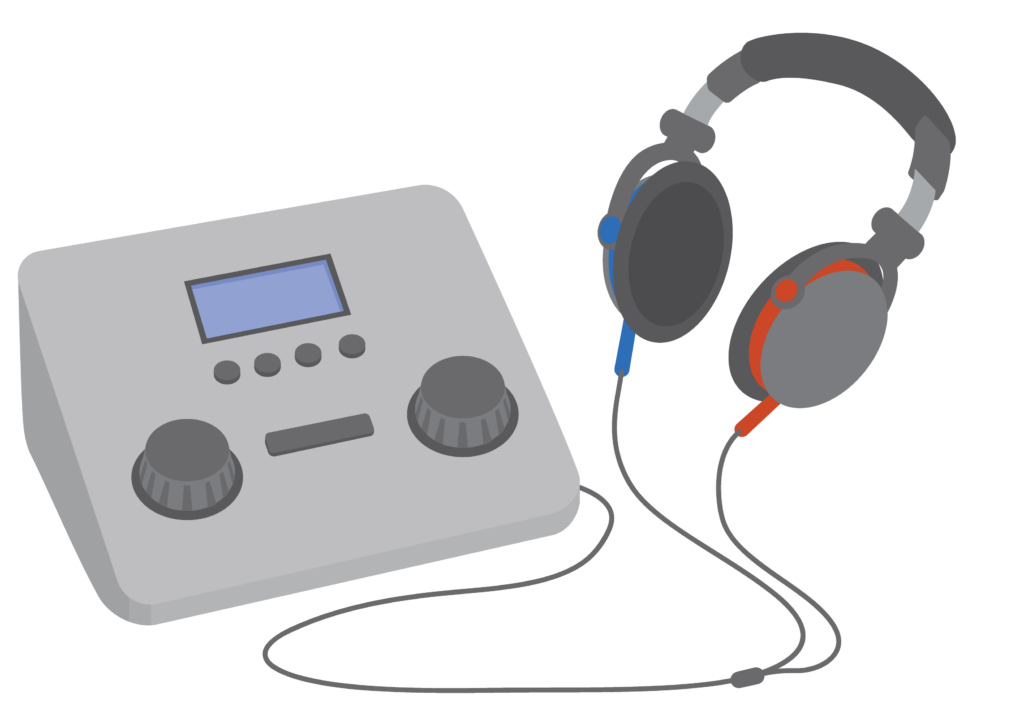
Audiometry – A test where a person wears headphones and listens for different sounds to check how well they can hear. If there is any hearing loss, the results show the level of loss.
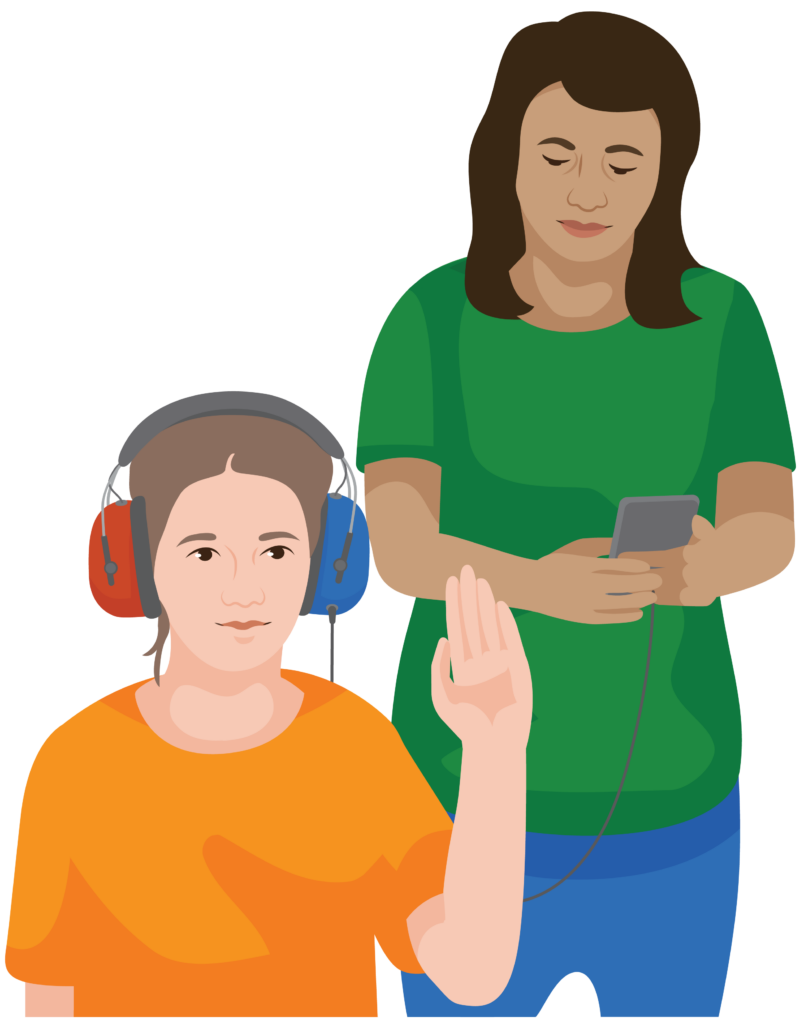
Eardrum (tympanic membrane) – A thin layer of tissue that separates the outer and middle ear and protects the middle ear from infection.
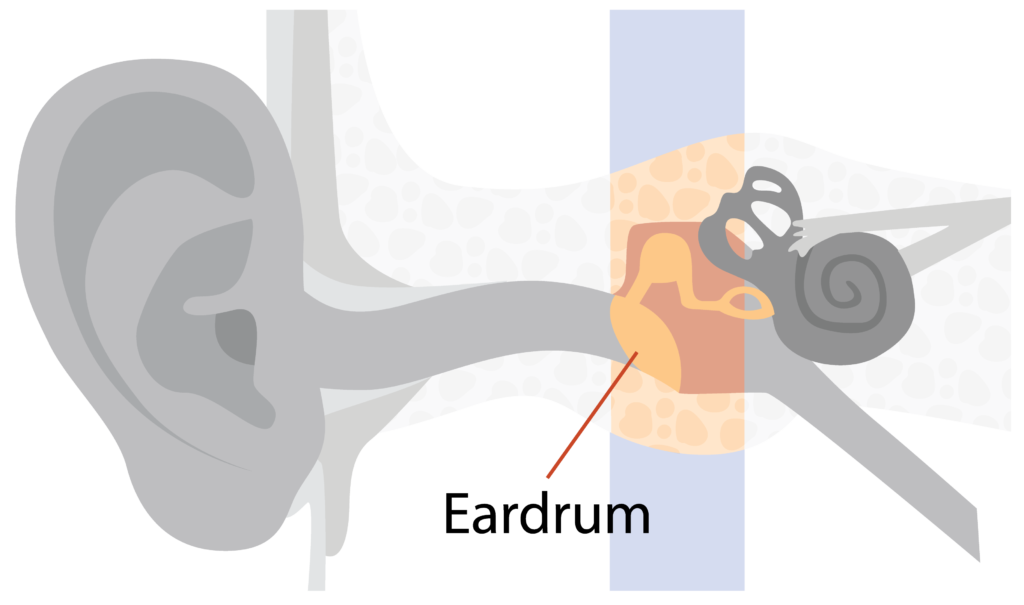
Foreign body – Unwanted object that is stuck in a body part but should not be there. For example, a grain of sand under the eye lid or an insect in the ear canal.

Frequency – Frequency is how many times a sound wave moves up and down in one second. There are different types of sound including deeper sounds (low frequency) such as a drum and sharper sounds (high frequency) such as a whistle. Frequency is measured in Hertz (Hz).
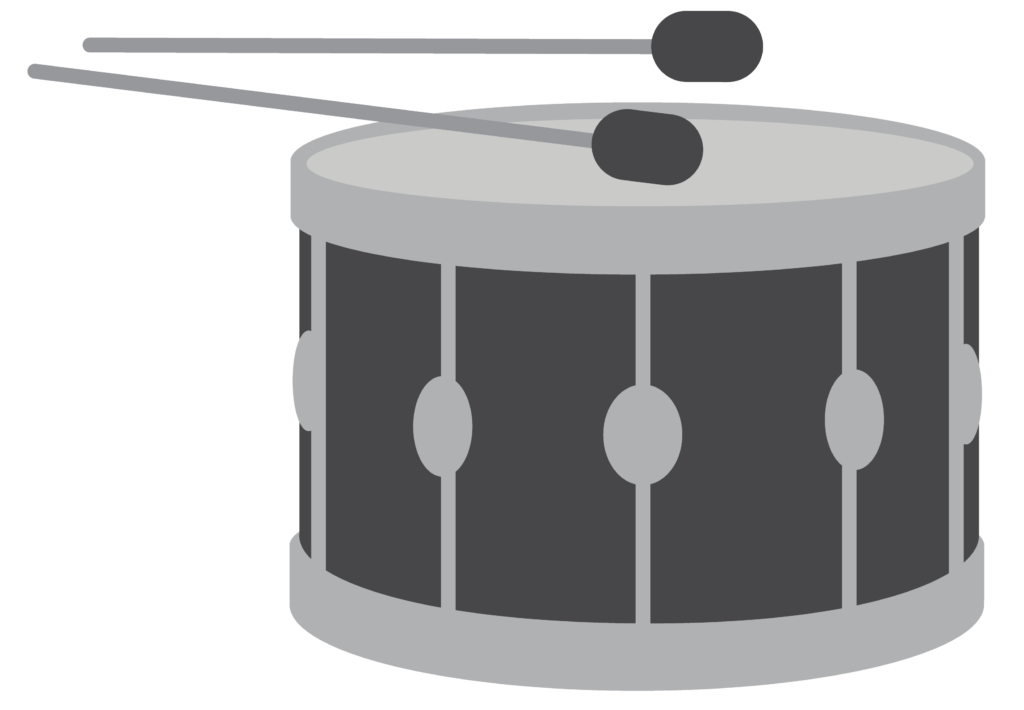
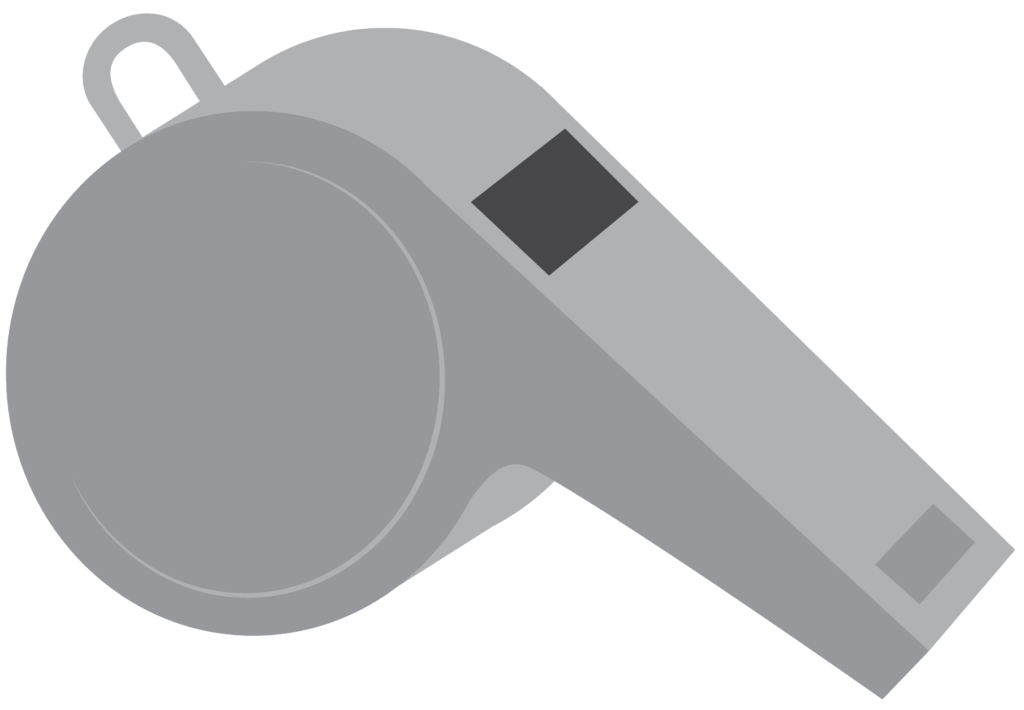
Hearing aid – A device worn on the ear by people who have difficulty hearing. Hearing aids make some sounds louder so that a person with hearing loss can listen, communicate, and participate more fully in daily activities.
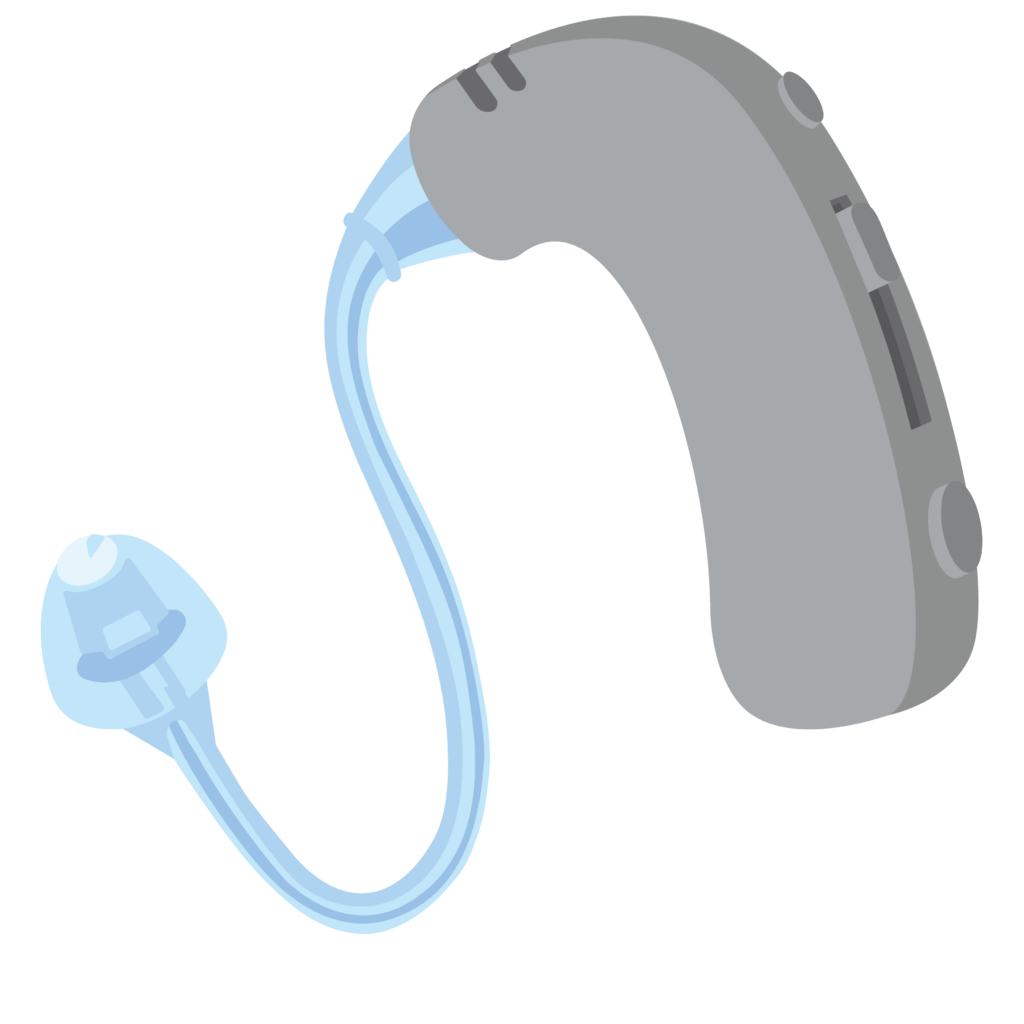
Otoscope – Magnifier tool with a light used to visually inspect a person’s ear.
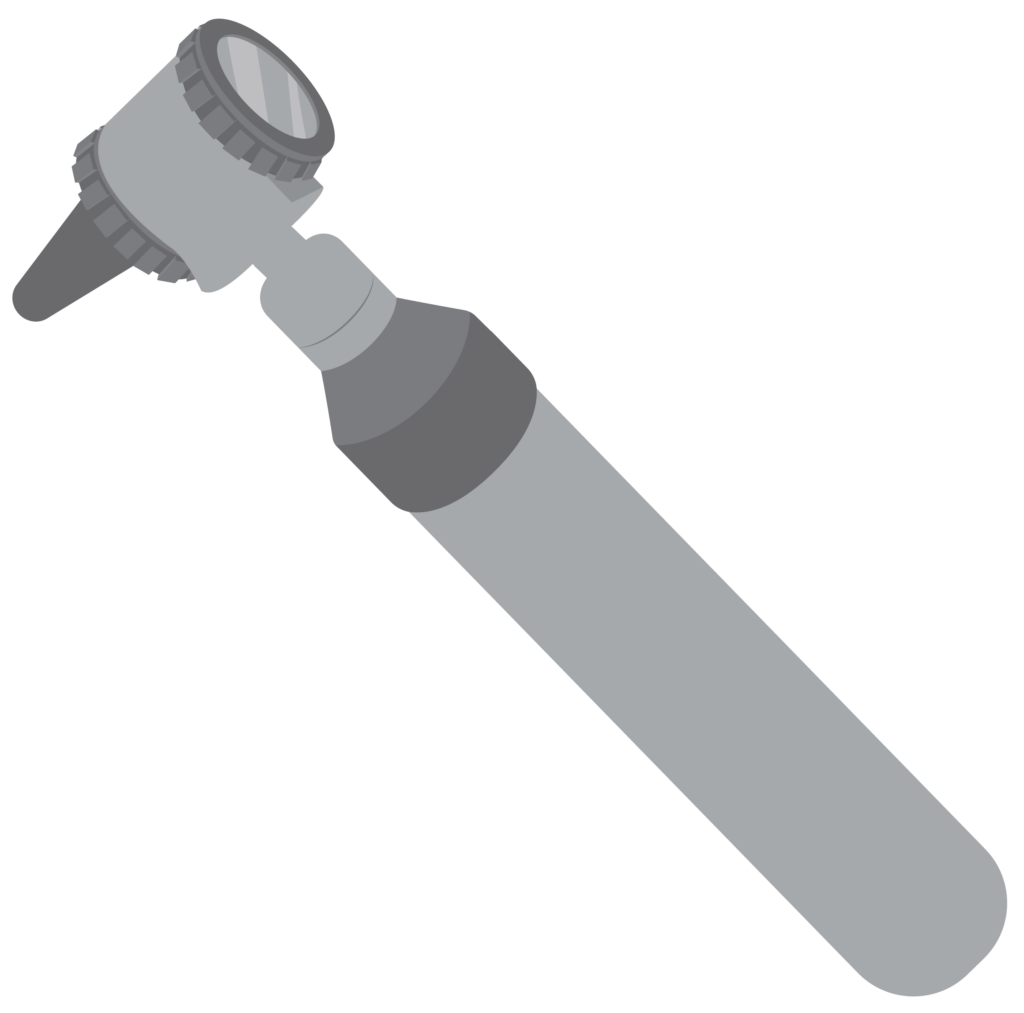
Personnel – People who work in a service or organization. Includes people who have had training in a specific health related field who may not have a professional qualification.
Speculum – Removable tip of otoscope, which goes inside the person’s ear.

Instruction
If you find other words that you are not familiar with, ask a colleague or your mentor.

